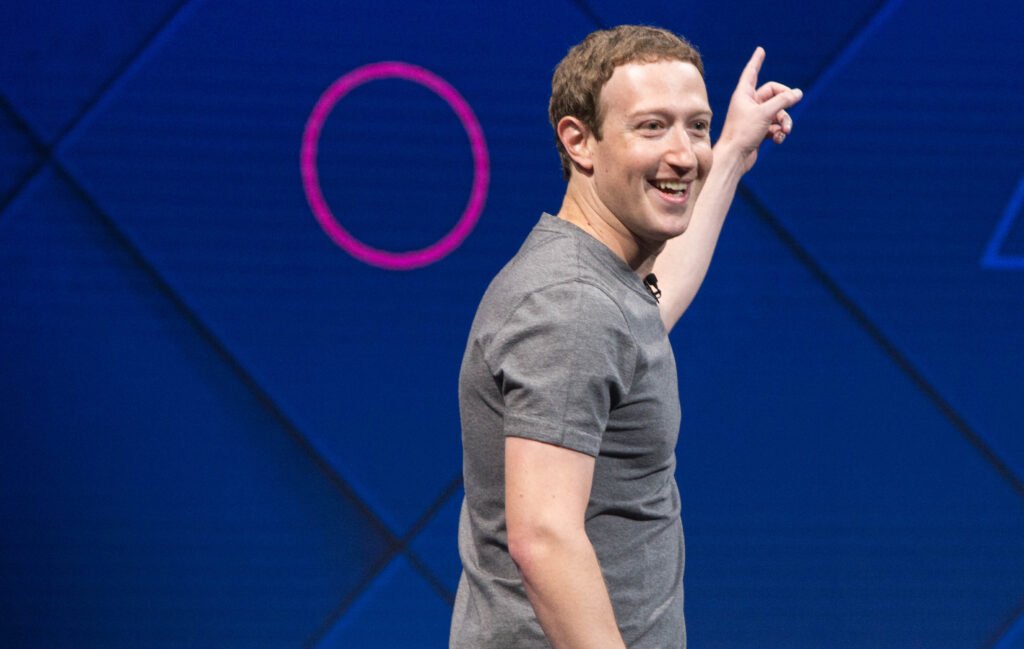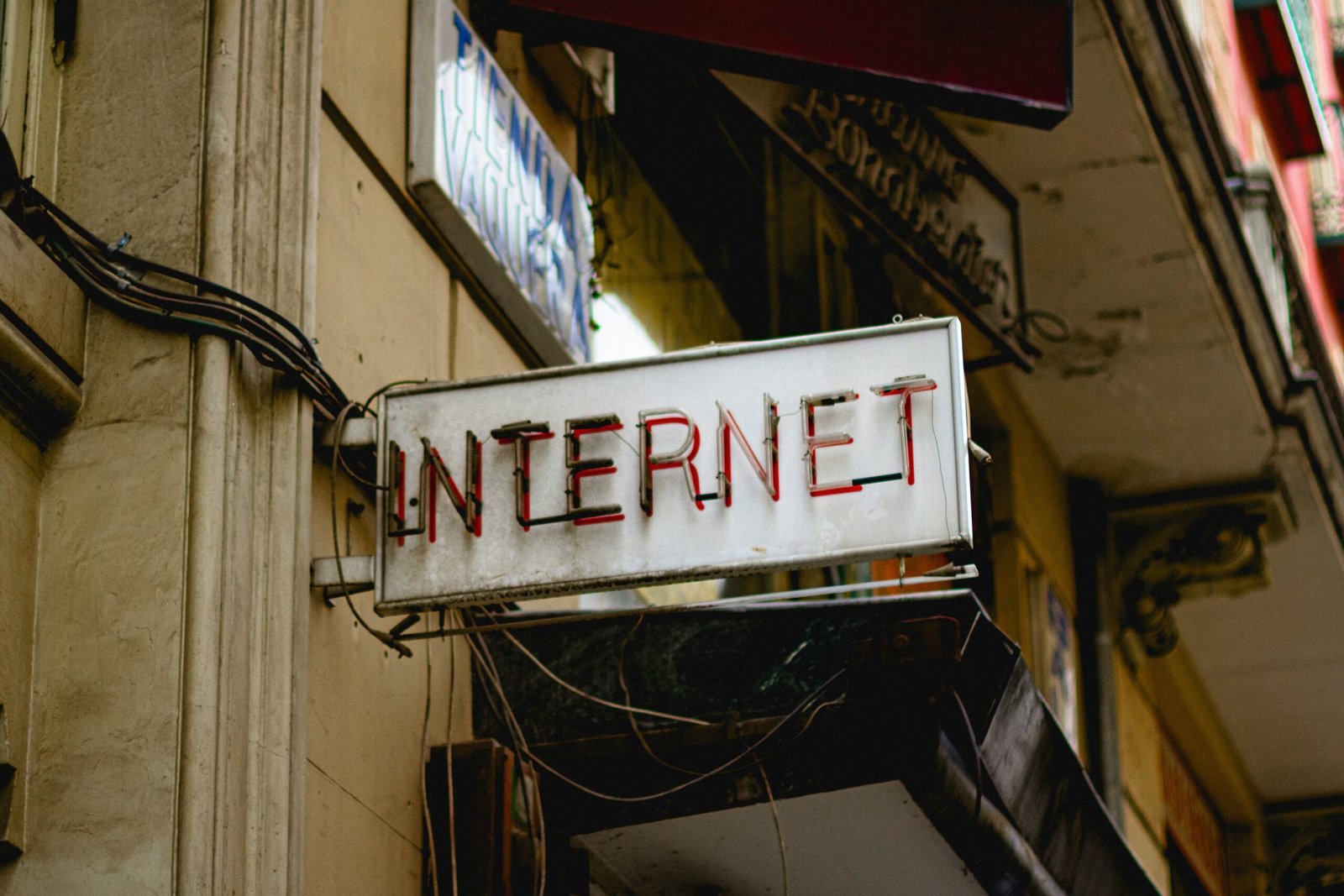Tech
Mark Zuckerberg Says Meta Will Allow More Free Speech
Mark Zuckerberg, CEO of Meta, recently announced significant changes to the company’s content moderation policies, emphasizing a renewed commitment to free expression on its platforms. This announcement was made on January 7, 2025, in response to concerns about excessive censorship and errors in previous moderation practices.
Key Changes Announced
- Ending Fact-Checking Programs: Zuckerberg revealed that Meta will stop working with external fact-checkers. Instead, the company will introduce a community-driven system where users can add notes to posts, similar to the model used by Elon Musk’s X (formerly Twitter). He criticized past moderation efforts for being politically biased and eroding trust among users, particularly in the U.S.

- Simplifying Content Policies: The new approach aims to reduce overly restrictive policies. Zuckerberg stated that topics commonly debated in society, such as immigration and gender identity, should no longer be restricted on platforms like Facebook and Instagram.
- AI Integration: Meta plans to implement AI large language models to assist in content moderation decisions. This technology will provide a second opinion before any enforcement actions are taken, aiming to reduce errors in content removal.
Zuckerberg’s remarks reflect a broader cultural shift following recent electoral changes in the U.S., which he described as a “cultural tipping point” for prioritizing free speech. He acknowledged that previous moderation practices had led to numerous mistakes and excessive censorship.

Background on Mark Zuckerberg
Mark Zuckerberg co-founded Facebook in 2004 while attending Harvard University. Under his leadership, the company evolved into Meta Platforms, focusing on creating social experiences beyond traditional social media through technologies like virtual reality. He is consistently ranked among the world’s wealthiest individuals and is known for his philanthropic efforts through the Chan Zuckerberg Initiative, which he co-founded with his wife Priscilla.
Zuckerberg’s recent announcements signal a pivotal moment for Meta as it navigates the complex landscape of social media governance amid changing political dynamics. The changes are expected to alter how users experience content across Facebook, Instagram, and Threads, potentially leading to a wider range of views—including more controversial opinions—in their feeds.
Bolanle Media invites businesses and brands seeking to promote their brand and report news to reach out for innovative media solutions. We offer a range of services, including digital marketing, content creation, event coverage, and social media management, all designed to help brands connect with their target audience effectively. With a strong emphasis on storytelling and social impact, our expertise spans various fields, ensuring your brand’s message resonates. For partnership inquiries, contact us at Hello@bolanlemedia.com.
News
Governments Worldwide Push for Mandatory Digital IDs by 2026

Governments around the world are accelerating their push toward national digital identification systems, promising convenience and security while raising concerns over privacy, surveillance, and government control. By 2026, the European Union will require every member state to implement a national digital identity wallet, and the United Kingdom plans to make digital ID mandatory for the “Right to Work” by the end of its current Parliament.
United Kingdom Leads the Charge
In September 2025, British Prime Minister Keir Starmer announced plans for a free, government-backed digital ID system for all residents. The initiative—temporarily called “BritCard”—will become a mandatory requirement for employment checks, designed to curb illegal migration and simplify access to services such as tax filing, welfare, and driving licenses.
While the government argues that digital ID will make it “simpler to prove who you are” and reduce fraud, civil liberties groups have raised alarms. Big Brother Watch called the plan “wholly un-British,” warning it would “create a domestic mass surveillance infrastructure”.
Officials state the new system will use encryption and biometric authentication, with credentials stored directly on smartphones. For those without smartphones, the plan includes support programs and alternatives.
Europe Mandates a Digital Identity Wallet
Across the European Union, the Digital Identity Wallet—developed under the eIDAS 2.0 Regulation—will become law by 2026, obligating all 27 member states to provide citizens with a secure app that integrates identification, travel, and financial credentials. The European Commission envisions the wallet as a single login for public and private services across borders, from banking to healthcare, using cryptographic protections to ensure data privacy.

United States Expands Mobile IDs
The United States does not have a national digital ID system but is quickly adopting state-level mobile IDs. More than 30 states have launched or are testing digital driver’s licenses stored on phones via Apple Wallet, Google Wallet, or state apps. States such as Louisiana and Arizona already accept mobile IDs for TSA airport checks, and similar legislation is advancing in New Jersey, Pennsylvania, and Georgia.
Meanwhile, private firms like ID.me and CLEAR have enrolled millions of Americans in digital identity programs, often partnering with government agencies and raising questions about data use and inclusion for low-income groups.
Global Adoption and UN Involvement
The trend extends well beyond Western nations. China’s national digital ID, launched in 2025, is connected to its social credit system, combining financial records, travel rights, and online behavior tracking. Singapore, South Korea, Nigeria, and the UAE have each implemented government-backed ID systems that link citizens’ digital credentials to public and private services ranging from taxes to utilities.
The movement aligns with the United Nations’ goal of providing “legal identity for all by 2030,” supported by the World Bank’s ID4D (Identification for Development) initiative, which funds digital identity infrastructure in over 100 countries.
The Promise and the Peril
Proponents argue that digital IDs offer protection against identity fraud, save governments billions in paperwork, and bring roughly one billion undocumented citizens into legal recognition systems globally. Estonia, for instance, saves an estimated 2% of its GDP annually through digitized services, while India’s Aadhaar ID has reduced welfare fraud by $10 billion per year.
However, critics warn that centralizing identity creates unprecedented control risks. Once personal data, biometrics, and financial access are linked, governments could more easily restrict rights or track behavior.
As one analyst put it, the shift may mark “a turning point in the balance of power between citizens, corporations, and the state”.
The global rollout of digital IDs is reshaping the definition of identity itself—raising the question of whether convenience and efficiency come at too high a cost to freedom.
Tech
Massive Global Outage Cripples Major Websites and Online Services

A widespread global outage on Monday disrupted access to thousands of popular websites and digital platforms, sparking confusion and frustration among users worldwide. From social media giants to e-commerce platforms, financial portals, and even news outlets, the internet temporarily went dark for millions of people.

The outage began around 8:00 a.m. CDT, affecting users across North America, Europe, Asia, and parts of Africa. Initial reports suggest the incident may stem from a major disruption in a core internet infrastructure provider — possibly linked to a content delivery network (CDN) failure or a major domain name system (DNS) malfunction.
Major Services Impacted
Websites like Amazon, YouTube, and major news publishers experienced significant downtime, with many displaying server errors or failing to load completely. Streaming services, banking apps, and communication platforms such as Slack and Zoom were also hit, paralyzing workflows and transactions globally.
Companies quickly took to social media to acknowledge the issue. “We’re aware of a widespread internet disruption affecting multiple services and are working urgently to identify the cause,” one major cloud provider said in a statement.
Economic Ripple Effects
Experts warn that even short-term outages on this scale can cause enormous economic damage. “Every minute of downtime for global websites can translate to millions in lost revenue,” said cybersecurity analyst Reuben Chen. “It also highlights how dependent modern systems are on a relatively small number of infrastructure providers.”
Stock market and cryptocurrency trading platforms experienced temporary halts, while travel and logistics companies reported booking delays and communication breakdowns.

Unfolding Investigation
As of this afternoon, technicians and cybersecurity experts are still tracing the root cause of the outage. Early investigations indicate a possible software update gone wrong, though some analysts have not ruled out a coordinated cyberattack on critical internet backbones.
Government agencies in several countries have initiated inquiries into the disruption’s scope and origin, emphasizing the fragility of global digital networks that power everything from commerce to healthcare.
By late afternoon, services were beginning to recover in phases, though users continued to report intermittent access issues. The incident serves as a stark reminder of the interconnected nature of the internet — and how a single point of failure can send shockwaves through the digital world.
News
ChatGPT Prompts Lead to Arrest in Pacific Palisades Fire Case

Investigators have ushered in a new era for crime-solving with the arrest of Jonathan Rinderknecht in connection with the devastating Pacific Palisades fire—using evidence from his very own ChatGPT prompts. What was once thought of as a private dialogue between man and machine has now become central to one of California’s most tragic arson cases.

Unmasking an Arsonist Through AI
As the January 2025 wildfire raged through Pacific Palisades, leaving over 6,000 homes destroyed and twelve lives lost, investigators looked beyond traditional clues. They discovered Rinderknecht had asked ChatGPT months before the fire to generate dystopian images depicting burning cities, fleeing crowds, and a world on fire—details disturbingly close to what would later unfold. These prompts became more than digital artwork; they were a window into the suspect’s mindset and possible intent.
The Digital Trail
Not content with images alone, authorities found even more direct evidence in Rinderknecht’s chat history. Shortly after midnight on January 1, officials say he walked a remote trail after finishing an Uber ride, then set the initial blaze. Around the same time, he queried ChatGPT: “Are you at fault if a fire is ignited because of your cigarettes?”—seemingly searching for a legal loophole or trying to create an innocent explanation. This, added to location data and phone records showing his presence at the fire’s origin, gave prosecutors a strong and unique case.
ChatGPT’s Role in the Case
According to the Department of Justice, the prompts and images retrieved from ChatGPT formed part of a broader tapestry of evidence. The “dystopian painting” created by the AI, as described in court records, depicted the very kind of disaster that occurred in Pacific Palisades, and was showcased during press briefings as proof of premeditation.
Legal experts say this case could set new precedent for the use of AI-generated content in courtrooms, as authorities treat chatbot histories and digital prompts much like text messages, emails, or social media posts—fully subject to subpoenas and forensic analysis.
Setting a New Digital Standard
For the people of Los Angeles, the Palisades fire stands as a grim reminder of what can be lost in hours. For law enforcement and legal experts, it is also a milestone: AI conversations and digital records now join the fingerprints, witness reports, and physical evidence that help crack tough cases.
The arrest of Jonathan Rinderknecht is a warning to anyone who imagines digital footprints are easily erased. Today, even conversations and creations with artificial intelligence can be tracked, retrieved, and used in a court of law.

 Entertainment4 weeks ago
Entertainment4 weeks agoExecutive Producer Debut: How Celia Carver Created Festival Hit ‘Afterparty’

 Business3 weeks ago
Business3 weeks agoWhy Are Influencers Getting $7K to Post About Israel?

 Health4 weeks ago
Health4 weeks agoWhy Did Gen Z QUIT Drinking Alcohol?

 Advice4 weeks ago
Advice4 weeks agoHow AI Is Forcing Everyone Into the Entrepreneur Game

 Entertainment3 weeks ago
Entertainment3 weeks agoKeith Urban and Nicole Kidman Split After 20 Years as Actress Files for Divorce

 Entertainment3 weeks ago
Entertainment3 weeks agoTilly Norwood’s Rise Stirs Controversy

 News3 weeks ago
News3 weeks agoHow a Government Shutdown Could Hit Your Life and Wallet

 Business3 weeks ago
Business3 weeks agoOverqualified? Great, Now Prove You’ll Work for Free and Love It!













































